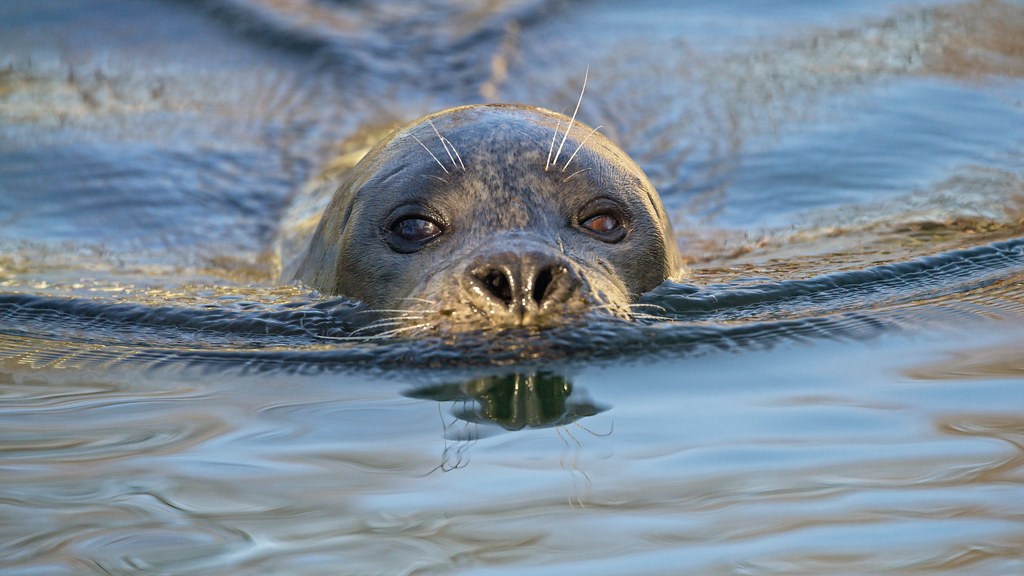More and more seals are being spotted in the Scheldt river, following years of effort to improve the water quality of Belgian rivers.
The Scheldt river runs from the North Sea to the Netherlands and through Antwerp, ending in France. This week, several seals were spotted 20 km south-west of Antwerp in the municipality of Temse. Another was seen swimming in the Dender river that connects to the Scheldt, 47 km south-west of Antwerp and 100km away from the North Sea.
Scientists say that the water quality of Belgian rivers like the Scheldt and Brussels’ Senne has improved over the past years, leading to a larger natural presence of fish, which tempts the seals to swim further inland.
According to Nine van Hoyweghen of nature preservation organisation Waasland, the Scheldt water quality was improved greatly by Brussels' mission to sanitise the Senne-river, which connects to the Scheldt.
“There's a lot more fish in the Scheldt, and that is exactly why the seals come to Temse in higher numbers,” Hoyweghen told VRT. “They can now find food there.”
Senior scientist of the Research Institute for Nature and Forest, Jan Breine, told BRUZZ that the Senne's water “was dead” and “poor in oxygen” at the start of the 21st century, so much so that “if you would stick your hands into the Senne river, they would start itching.”
The people of Brussels used the Senne as a natural sewer for centuries, which greatly polluted the river.
In 2007, the Brussels government opened two new water sanitation facilities that together process the sewage of over 1.5 million citizens. As a result, the Senne now has over 21 different species of fish, as opposed to 1 species before 2007.
No seals have been spotted in the Senne near Brussels yet, though Breine added that may well happen in the future.
Amée Zoutberg
The Brussels Times

